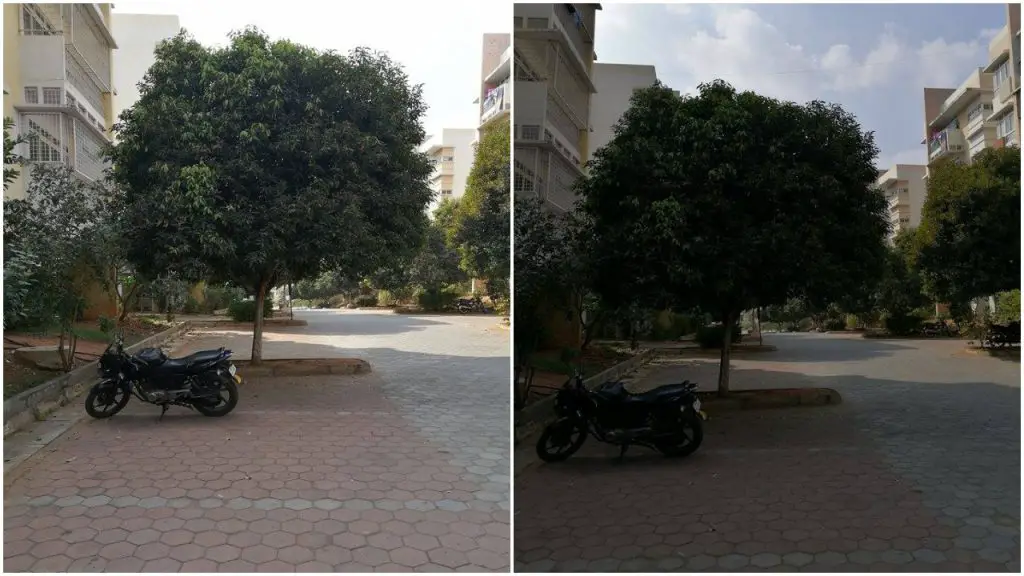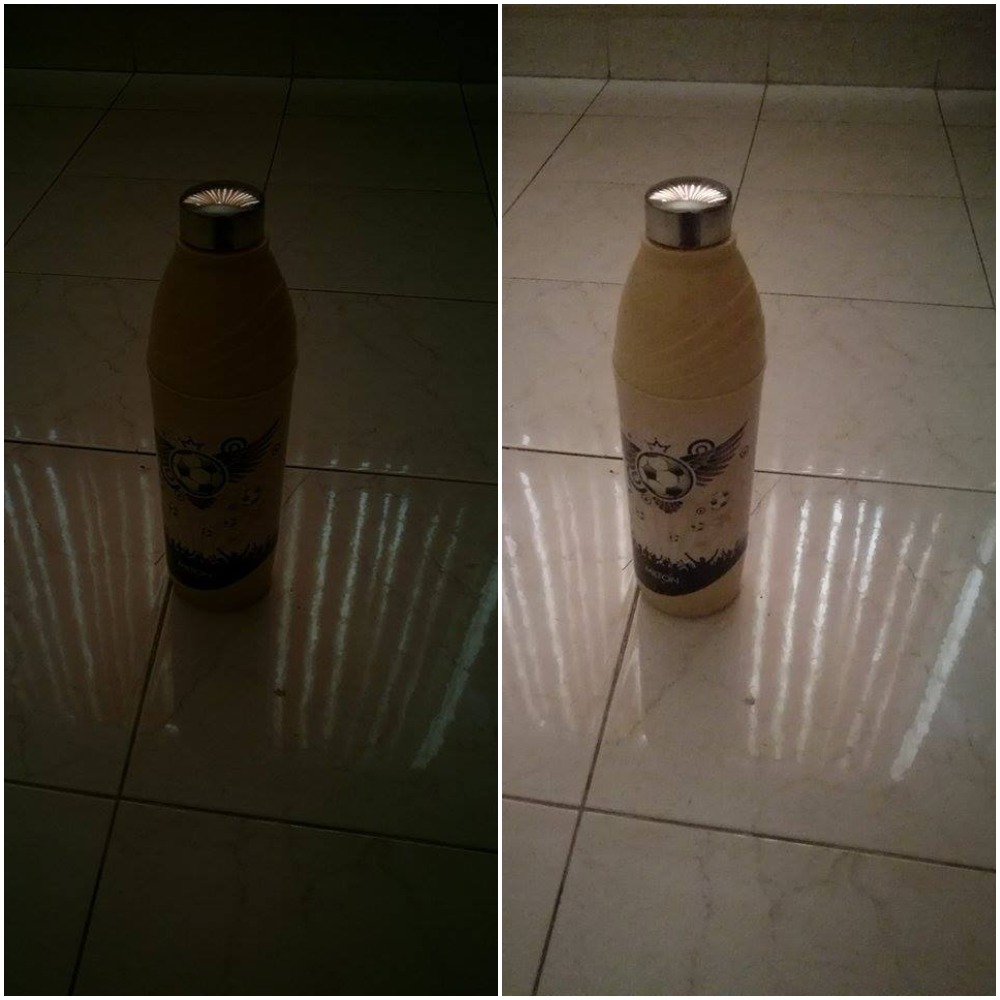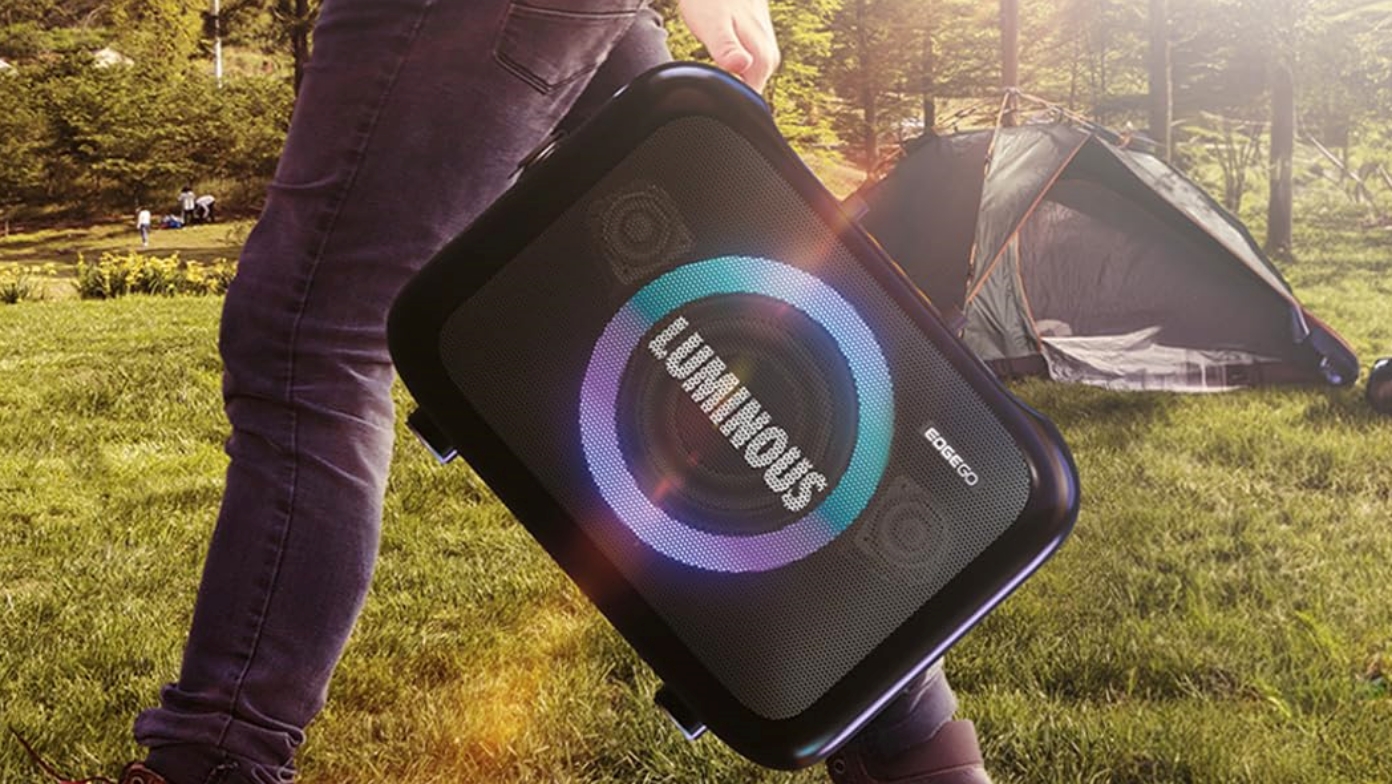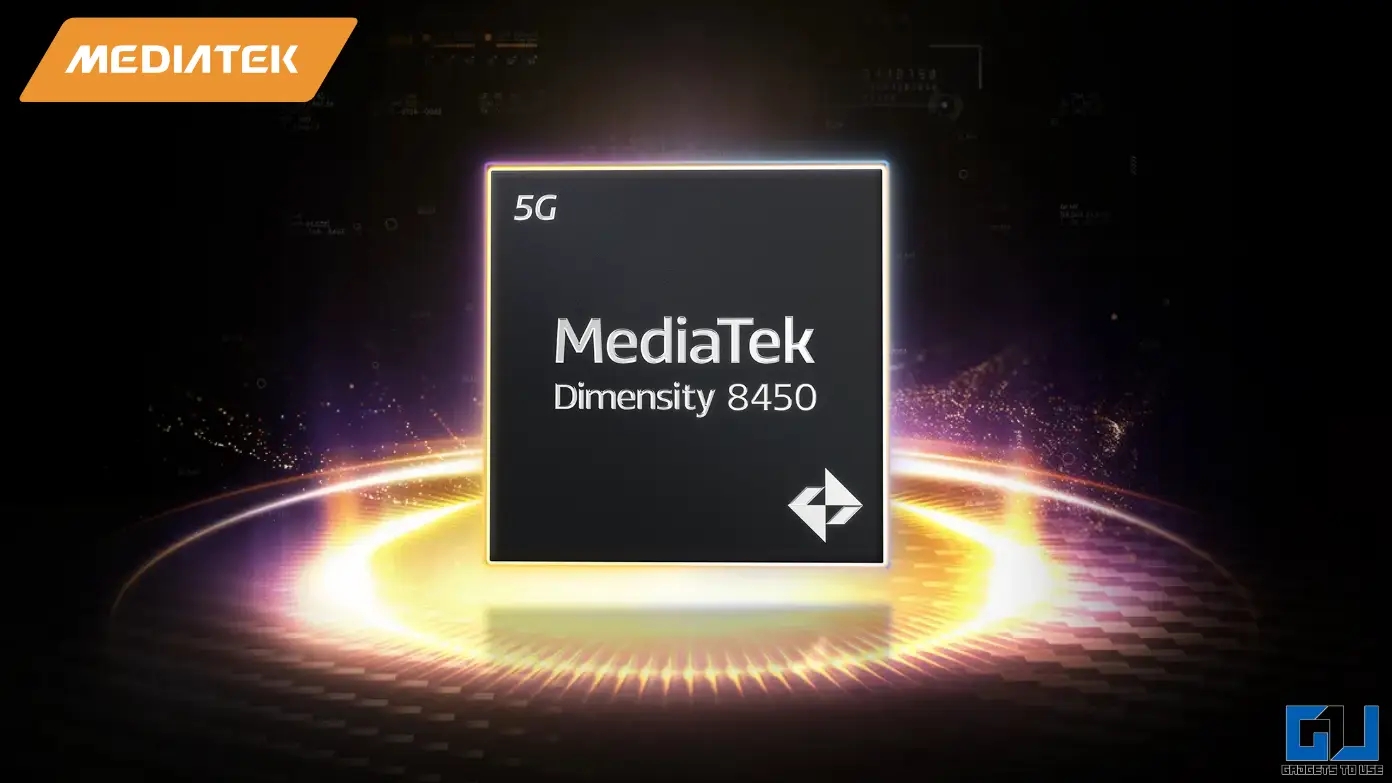Quick Answer
- The number of horizontal pixels multiplied by the number of vertical pixels gives the resolution of a sensor, which is measured in Megapixels.
- In this article, I will introduce you to the basic terminology of digital photography, which will help you to choose a good smartphone camera.
- The efficiency of the sensor is determined by how effectively it utilizes the incoming light to produce the output.
Nowadays, more or less every smartphone sports a camera with a minimum of 12MP resolution. However, the output image quality varies radically depending on several other factors. In this article, I will introduce you to the basic terminology of digital photography, which will help you to choose a good smartphone camera.
Basic Photography Terminology
Aperture Length
Aperture is the opening in the lens that controls the amount of light hitting the image sensor. It is measured in f-stops. f/1.7 on Galaxy S7 Edge resembles wider aperture, whereas, f/2.2 on Honor 8 represents comparatively narrow aperture. In general, the smaller the number of F-stops, wider the aperture. The wider aperture lets more light to hit camera sensor thus enhancing image quality.
Image Sensor
An image sensor is a component that converts the optical image to the electric signal. It takes light from the lens as input and converts into a digital image. The efficiency of the sensor is determined by how effectively it utilizes the incoming light to produce the output? Larger the size of the image sensor, greater is the quality of the output image. For example, 1/2.5″ sensor Galaxy S7 Edge is comparatively larger than 1/2.6″ sensor found on Galaxy S6.
Megapixel Count and Pixel Size
The image sensor is divided into numerous tiny pixels. The number of horizontal pixels multiplied by the number of vertical pixels gives the resolution of a sensor, which is measured in Megapixels. Larger the image sensor, more number of pixels can be accommodated i.e., higher resolution can be achieved. If you have observed, the smaller sensor on Galaxy S6 has higher resolution (16MP) compared to the resolution of bigger sensor found on Galaxy S7 Edge (12MP). It can be attributed the larger pixel size on S7 Edge’s sensor. The each pixel on S7 Edge’s sensor is 1.4 µm compared to 1.25 µm on S6.
Also Read: Camera Battle: Smartphone VS DSLR – Which One You Need And Why
Image Processor
An image processor, image processing engine, also called media processor, is a specialized digital signal processor(DSP) used for image processing in digital cameras, mobile phones or other devices.
Despite sporting similar hardware, image quality differs from one to other because of the functionality of the image processor. At the end, it all boils down to software algorithms implemented in the image processor.
Process Flow in a Camera
Light>>Lens>>Image Sensor>>Image Processor
Focus
In layman terms, the object in focus appears sharp compared to the other objects in the scene. Focusing can be done into two ways: Manual Focus and Auto Focus.
Focal Length
It is the distance between the center of the lens and the image sensor. Shorter focal length results in the wider field of view, whereas, larger focal lengths results in the narrow field of view. It determines how much of the scene you can see from a fixed point. However, focal lengths on smartphone cameras are fixed and cannot be altered.
Exposure
The camera’s exposure determines the amount of light recorded from a scene. Photos can be underexposed, correctly exposed or overly exposed. Exposure can be altered using aperture length, shutter speed, and ISO.
Aperture Length
Wider the aperture, the greater amount of amount of light can be recorded.
Shutter Speed
If the shutter speed is higher, the lens will let in more light.
ISO
As aforementioned, increasing ISO will increase sensitivity to light and thus increasing exposure.
Dynamic Range
It is the range of colors a camera can capture without losing details. The brighter areas of a scene are called highlights and darker areas are called shadows. A camera with good dynamic range balances both the areas without overexposing highlights or underexposing shadows. HDR mode comes handy to improve dynamic range.
Both the images are taken with the same camera settings. The image on left has a good amount of details, however, the tree in the second image is underexposed and looks dark. The reason is the camera couldn’t handle shadows (tree) and highlights ( background sky) at the same time, which is an example of the lack of broad dynamic range.
Depth of Field
It is the range of distance from the focus point that is acceptably sharp. To be precise, it refers to how much of the image is in the focus.
Shallow Depth of Field
Anything in the scene that is not acceptably sharp or out of focus is known as shallow depth of field or Bokeh. For example, if you are shooting a lecture of a professor on a stage that is occupied by many others in the background, to isolate the professor from the rest, you need to blur the background, which is achieved by Bokeh. 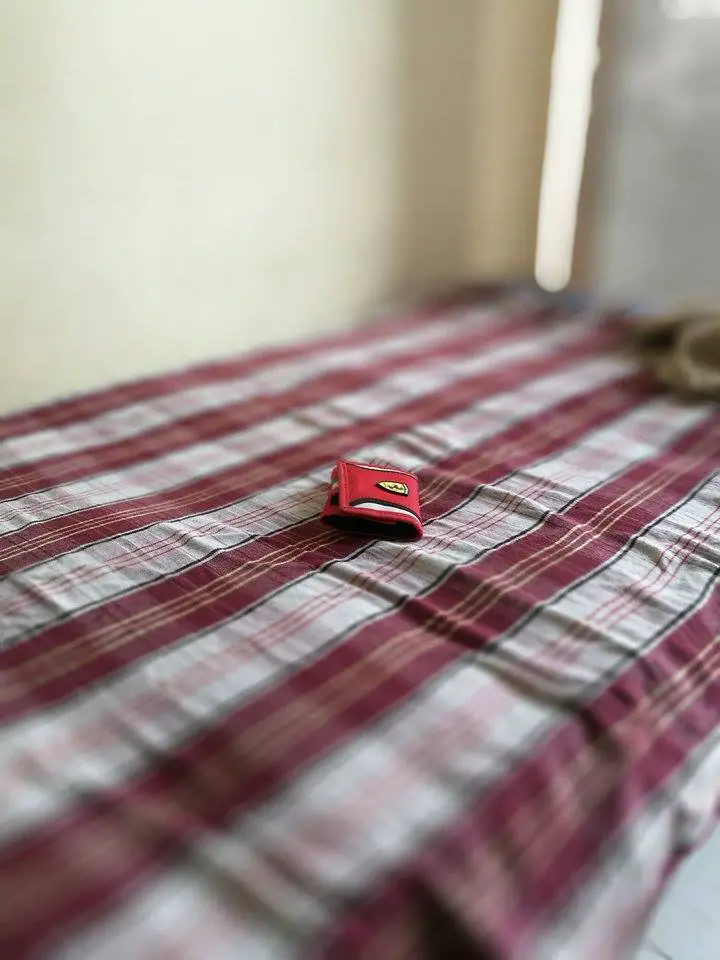
In the above photograph, there is a certain area around the wallet that is in focus, which is called depth of field. The blurred area or area that is out of focus is Shallow Depth of Field.
The depth of field can be adjusted by altering aperture length or varying focal length. Using wider aperture will result in a better shallow depth of field or you can also use a lens with high focal length.
The photo on the left side is taken with aperture length of f/11. By increasing aperture length to f/1.4, I was able to achieve a greater shallow depth of field in the second photograph.
ISO
ISO determines the sensitivity of the sensor to light. Generally, the ISO on smartphone camera can be adjusted manually from 50 to 3200, where 50 means less sensitive to light and 3200 means highly sensitive to light. However, increasing ISO will introduce noise into the picture.
When to Decrease ISO
When you are taking pictures in outdoors with ample light, stick to lowest ISO or use auto settings.
When to Increase ISO
When you are taking pictures in low-light, increase ISO to capture more light.
Both the images are taken in same lighting conditions. If you observe, the image on the left is dark with some details. But when I increased ISO from 200 to all the way to 3200 for the second picture, the result is a photo that is bright with some noise. Generally, a camera adjusts ISO by itself, however, if you are after any specific requirement, you need to adjust it accordingly.
What to look for in a Smartphone Camera?
- Wider aperture
- Big Sensor
- Large pixel size
- Sophisticated image processing
- Short focal length for a wider angle of view (Landscape) or Long focal length for a narrow-angle of view (portraits).
- Good Dynamic range
- Camera with adjustable aperture lengths to achieve desired depth of field
- Accurate exposure
- Pro mode with manual focus and adjustable ISO.
It is obvious that every smartphone camera will not come with all the above features, however, look for one that ticks more number of boxes. Bear in mind, though with all the hardware specifications, a camera may under perform due to a subpar image processor.

